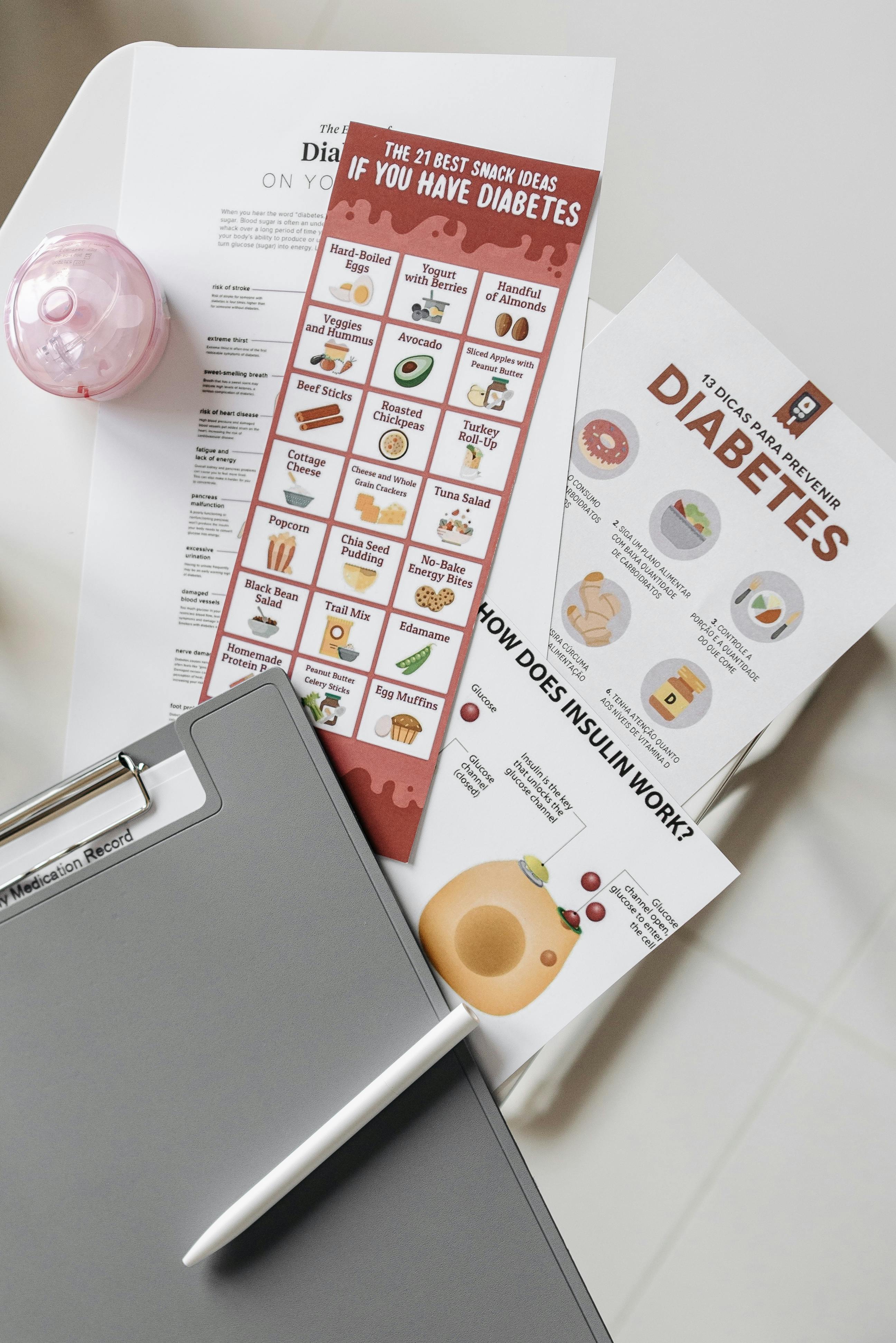Are you struggling to troubleshoot Windows 11 volume label change issues? You’re not alone! Many users encounter this frustrating problem when they attempt to rename their drives, leaving them wondering how to fix it quickly. In this guide, we’ll unveil quick fixes and effective solutions that will make your life easier. Whether you’re a tech novice or a seasoned pro, our step-by-step approach will empower you to tackle this challenge head-on.
Changing the volume label in Windows 11 should be a straightforward task, but unexpected glitches can throw a wrench in the works. If you’ve tried renaming your drive only to find it stubbornly sticking to its old name—or worse, experiencing a system error—don’t panic! We’ll explore common reasons behind these issues, such as permission settings, disk errors, and even software conflicts. Understanding these factors is crucial in finding a solution that works for you.
In the following sections, we’ll provide clear instructions and troubleshooting tips that you can implement right away. From using the Command Prompt to adjusting settings in File Explorer, we’ve got you covered. By the end of this article, you’ll not only know how to change volume labels in Windows 11 but also how to resolve any stubborn issues that might arise. So, let’s dive in and unlock those quick fixes together! Don’t let a simple task become a daunting challenge—read on to regain control of your drive names effortlessly!
5 Easy Steps to Fix Windows 11 Volume Label Change Issues: Say Goodbye to Frustration!

Are you struggling with Windows 11 volume label change issues? You’re not alone! Many users find themselves frustrated when they try to rename their drives and encounter unexpected errors. But don’t worry, we got your back! In this article, we’ll walk you through 5 easy steps to fix Windows 11 volume label change issues. Say goodbye to frustration and unlock quick fixes now!
Understanding Volume Labels
A volume label is simply the name you give to your drives and partitions. It helps you identify them quickly, especially if you have multiple drives connected. Sometimes, however, you might find that changing these labels don’t work as expected. This can happen for several reasons, including permissions issues, system bugs, or conflicts with the file system.
Step 1: Check User Permissions
Before diving into technical solutions, it’s important to check if you have the right permissions to change the volume label. If your user account doesn’t have administrative privileges, you may face issues.
- Right-click on the Start button.
- Select “Settings.”
- Navigate to “Accounts” and ensure your account type is “Administrator.”
If it’s not, you may need to log in with an admin account or request elevated permissions.
Step 2: Use Disk Management Tool
Windows 11 comes with a built-in tool called Disk Management that can help you manage your drives and partitions. Here’s how to use it:
- Right-click on the Start button and select “Disk Management.”
- Find the drive you want to rename.
- Right-click on the volume and choose “Change Drive Letter and Paths.”
- Click on “Edit” and enter the new volume label.
This method often resolves issues because it bypasses some restrictions that might occur in File Explorer.
Step 3: Run Command Prompt
If the above steps don’t work, using Command Prompt can be another solution. Here’s how you do it:
- Press Windows + X and select “Windows Terminal (Admin).”
- Type the command:
label X: NewLabel(replace X with the drive letter and NewLabel with your desired name). - Hit Enter.
This method is effective because it directly communicates with the system, often cutting through possible blockages.
Step 4: Check for System Updates
Sometimes, bugs in Windows can create issues with volume labels. Make sure your system is up to date:
- Go to “Settings” and click on “Windows Update.”
- Click on “Check for updates” and install any available updates.
Keeping your system updated can fix bugs that may hinder drive renaming.
Step 5: Use System File Checker
Corrupted system files can also cause problems. Running the System File Checker can help:
- Open the Command Prompt as an administrator.
- Type
sfc /scannowand press Enter. - Wait for the process to finish and follow any prompts.
This tool scans for and repairs corrupted files, which can resolve your volume label issues.
Troubleshooting Tips
If you still facing issues after trying these steps, consider these additional tips:
- Restart your computer after making changes.
- Try renaming the volume in Safe Mode.
- Check for third-party software that might be interfering, like antivirus programs.
With these 5 easy steps to fix Windows 11 volume label change issues, you can tackle your frustrations head-on. Don’t let technical hiccups slow you down. By following these troubleshooting methods, you can regain control over your drives and keep things running smoothly!
Why Can’t I Change My Volume Label in Windows 11? Common Problems Explained

Many Windows 11 users face issues when trying to change their volume labels, which can be frustrating. Understanding the common problems that lead to this issue is crucial for anyone wanting to personalize their drives. In this article, we will explore why you might not be able to change your volume label in Windows 11, and offer some troubleshooting tips to help you unlock quick fixes.
Common Reasons for Volume Label Change Failure
-
Permissions Issues: One of the most common reasons for not being able to change a volume label is lack of permissions. If you don’t have administrative rights, Windows 11 may block your attempts to make changes.
-
Disk is in Use: If the disk or drive is currently being used by another application or process, you might run into problems changing the label. Programs accessing the disk can lock it down.
-
File System Limitations: Certain file systems have restrictions on how labels can be modified. For instance, if the drive is formatted as FAT32, you might encounter issues not present with NTFS.
-
Corrupted File Systems: Sometimes, if the file system is corrupted, it can prevent you from making changes. Running a check disk might be necessary to fix these issues.
-
Group Policy Restrictions: On corporate or school networks, group policies might restrict certain actions, including changing volume labels.
Troubleshoot Windows 11 Volume Label Change
Here’s a simple checklist to help troubleshoot the issue:
-
Check Permissions: Right-click on the drive in File Explorer, select Properties, and go to the Security tab. Make sure your user account has full control.
-
Close Applications: Ensure that no applications are using the drive. You can check Task Manager (Ctrl + Shift + Esc) to see if any processes are running that might be using the disk.
-
Use Disk Management:
- Press
Win + Xto open the Quick Access menu. - Select Disk Management.
- Right-click on the volume you want to rename and choose “Change Drive Letter and Paths.”
- Then, select “Change” and enter a new label.
- Press
-
Run Check Disk: Open Command Prompt as an administrator and run
chkdsk X: /f(replace X with your drive letter). This can help fix file system errors. -
Group Policy Editor: If you suspect group policies are the issue, you can access the Group Policy Editor by pressing
Win + R, typinggpedit.msc, and looking for any restrictions on removable drives.
Quick Fixes to Try Now
Here are some fixes you can try right away:
-
Restart Your Computer: Sometimes, a simple restart can clear up issues preventing you from changing the volume label.
-
Run as Administrator: Try changing the volume label using an elevated Command Prompt. Type
label X: NewLabel(replace X with your drive letter and NewLabel with your desired name). -
Update Windows: Make sure your version of Windows 11 is up to date, as updates can fix bugs that might affect drive management.
-
Format the Drive: If all else fails and you don’t mind losing data, formatting the drive will reset the file system, which can resolve underlying issues.
Changing your volume label in Windows 11 doesn’t have to be a headache. With a proper understanding of common problems and solutions, you can troubleshoot effectively and get your drives named just how you want them. If the issue persists, consider reaching out to support or looking for more tailored solutions based on your specific situation.
Unlock the Secrets: How to Successfully Rename Your Volume Label in Windows 11

Renaming a volume label in Windows 11 can be a simple task, yet many users gets stuck during the process. If you’ve ever found yourself wondering how to change that boring drive name, you’re not alone. Whether you want to personalize it or simply organize your files better, this guide reveals the secrets to successfully renaming your volume label. Plus, if you encounter any issues, we’ll tackle some troubleshooting tips that unlock quick fixes too.
Why Rename Your Volume Label?
Renaming your volume label is not just about aesthetics. It can help you identify drives quickly, especially if your computer has multiple partitions or external drives. Here are a few reasons why you might want to do this:
- Organization: Helps to keep your files sorted and easy to find.
- Personalization: Gives your drives a unique name that reflects their content or purpose.
- Efficiency: Saves time when searching for specific files on multiple drives.
How to Rename Your Volume Label in Windows 11
Changing the volume label in Windows 11 is not complicated. Follow these steps to do it easily:
- Open File Explorer: You can do this by clicking on the folder icon in the taskbar or pressing
Windows + E. - Locate Your Drive: In the left sidebar, find “This PC” and click on it. You will see all your drives listed.
- Right-Click on the Drive: Find the drive you want to rename, right-click on it and select “Rename” from the context menu.
- Enter New Name: Type in your desired volume label and hit Enter. Windows will automatically save the change.
Troubleshooting Windows 11 Volume Label Change
Sometimes, users face hiccups when trying to rename their volume labels. If you find yourself in that situation, check out these quick fixes:
- Check Permissions: Make sure you have admin rights. Sometimes, lack of permissions can prevent changes.
- File Explorer Issues: Restart File Explorer by opening Task Manager (Ctrl + Shift + Esc), find Windows Explorer, right-click and select “Restart.”
- Use Disk Management: If renaming through File Explorer doesn’t work, try using Disk Management. Right-click the Start button, select “Disk Management,” then find the volume, right-click and choose “Rename.”
- Check for Errors: Use the command prompt to check for disk errors. Type
chkdsk /fin Command Prompt run as administrator.
Common Errors and Their Solutions
Errors can crop up, and knowing how to tackle them is crucial. Here’s a list of common issues and their solutions:
-
Error Message: “The parameter is incorrect”
Solution: Ensure that the name is not too long and doesn’t contain prohibited characters like/ : * ? " < > |. -
Drive Locked:
Solution: Make sure no files are open in that drive. Close any applications accessing the drive before retrying. -
Volume Not Accessible:
Solution: This could indicate a deeper issue. Try running a disk check or restore your system to a previous point.
Useful Tips to Keep in Mind
- Keep your volume label short and descriptive.
- Use consistent naming conventions for easier identification.
- Regularly check your drives for errors and defragment if necessary.
Renaming your volume labels in Windows 11 should not be a daunting task. With the right knowledge and tools, you can easily personalize your drives. Don’t forget that troubleshooting is part of the journey, and knowing how to fix common issues can save you time and frustration. Embrace the power of organization and make your computer truly yours!
The Ultimate Guide to Troubleshooting Windows 11 Volume Label Changes: Top Tips and Tricks

When it come to using Windows 11, many users faces issues with volume label changes. Whether you’re trying to rename a USB drive, external hard disk, or any other drive, sometimes the changes don’t stick, or they just don’t seem to work right. This guide will help you with troubleshooting Windows 11 volume label changes, offering top tips and tricks that could save you from headaches and wasted time.
Understanding Volume Labels
Volume labels are the names given to storage devices, which helps users to identify them easily. They can be up to 32 characters long and can include letters, numbers, and spaces. The default volume label for a new drive might be something like “New Volume.” But what if you want to change that? Below are common reasons why you might want to change a volume label:
- Personalization: Make it easier to recognize devices.
- Organization: Keep your drives sorted by categories.
- Clarity: Avoid confusion with similar named drives.
Common Issues with Volume Label Changes
There are several issues that can arise when trying to change a volume label in Windows 11. Some of the most frequent problems include:
- Permissions: Sometimes, you might not have the right permissions to change the volume label.
- Corrupted File System: If the file system is corrupted, it could prevent label changes.
- Drive Format: Certain drive formats may not support renaming.
Top Tips to Troubleshoot Windows 11 Volume Label Change
If you are struggling with volume label changes, here are several tips and tricks to help you troubleshoot the issue.
-
Check Permissions: Make sure you have administrative rights. Right-click on the drive and select “Properties,” then check the “Security” tab for your permissions.
-
Use Disk Management: Sometimes the quickest way to change a label is through Disk Management.
- Press Windows Key + X.
- Select “Disk Management.”
- Right-click the drive you want to rename and choose “Change Drive Letter and Paths.”
- Click “Change” and then “OK” after typing your desired label.
-
Run Check Disk: If there’s a corruption, running a check disk can fix it.
- Open Command Prompt as an administrator.
- Type
chkdsk X: /f(replace X with your drive letter), then hit Enter.
-
Try Command Prompt: If the graphical interface fails, use Command Prompt to rename.
- Type
label X: NewLabel(replace X with your drive letter and NewLabel with your desired label). - Hit Enter and check if it works.
- Type
-
Format the Drive: As a last resort, formatting the drive will allow you to set a new volume label. Warning: This erases all data on the drive, so back up first.
Quick Fixes Summary
Here’s a quick summary of methods to troubleshoot Windows 11 volume label changes:
- Ensure you have admin rights.
- Use Disk Management for a direct approach.
- Run Check Disk to fix file system errors.
- Use Command Prompt for a manual approach.
- Format the drive if all else fails.
Conclusion
Troubleshooting volume label changes in Windows 11 can be frustrating, but with the right tips and tricks, you can overcome these challenges. Whether it’s permissions issues, corrupted file systems, or just the quirks of Windows, knowing how to handle these problems can make your digital life much easier. Don’t let minor tech issues slow you down—use these solutions to keep your work flowing smoothly!
Is Your Windows 11 Volume Label Stuck? Discover Proven Solutions to Resolve the Issue

Is your Windows 11 volume label stuck? Many users encounter this frustrating issue, which can make it difficult to manage files and organize your system. If you’re one of those who can’t change the volume label of your drives, don’t worry! There are proven solutions to resolve this problem. In this article, we will troubleshoot the Windows 11 volume label change and unlock quick fixes that can get you back on track.
Understanding Volume Labels in Windows 11
Volume labels are essentially names assigned to your storage drives, such as hard drives, USB sticks, and external drives. These labels can help you identify your drives easily. For example, you might have a label called “Photos” for your image storage. When you try to change the volume label and it won’t budge, it can be really annoying.
Why the Volume Label Might Be Stuck
There are several reasons why your volume label is stuck in Windows 11. Some common causes include:
- File System Corruption: If the file system is corrupted, it may prevent changes to the volume label.
- Insufficient Permissions: Sometimes, user accounts lack the necessary permissions to modify the volume label.
- Disk Errors: Physical issues with the disk can also cause this problem.
- System Bugs: Windows updates or bugs may interfere with normal operations.
Quick Fixes to Change the Volume Label
Here are some quick solutions that you can try to fix the issue:
-
Restart Your Computer: Sometimes, a simple restart can fix temporary glitches.
-
Use File Explorer:
- Open File Explorer.
- Right-click the drive you want to rename.
- Select “Rename” and enter the new label. If this doesn’t work, try the next fix.
-
Run Windows Check Disk Tool:
- Press Windows + X, select Command Prompt (Admin).
- Type
chkdsk X: /f(replace X with the drive letter). - Hit Enter and let the tool check for errors.
-
Change Label using Disk Management:
- Right-click the Start button and select “Disk Management.”
- Find your drive, right-click it, and select “Properties.”
- Go to the “General” tab and change the label.
-
Use Windows PowerShell:
- Open PowerShell as an administrator.
- Type
Set-Volume -DriveLetter X -NewFileSystemLabel "NewLabel"(replace X and “NewLabel” accordingly). - Hit Enter.
Additional Troubleshooting Steps
If the above methods doesn’t work, consider these additional troubleshooting steps:
- Check Disk Health: Use third-party software to check your disk’s health.
- Update Drivers: Sometimes outdated drivers can cause issues. Update drivers from the Device Manager.
- Safe Mode: Boot into Safe Mode and try changing the volume label. This mode loads only essential drivers and services.
- Check for Windows Updates: Make sure your system is up to date. Updates can fix bugs that may be affecting functionality.
When to Seek Professional Help
If you’ve tried all these steps and your volume label still stuck, it may be time to seek professional help. There could be deeper issues, such as hardware failure or severe file system corruption.
In conclusion, dealing with a stuck Windows 11 volume label can be annoying, but there are effective solutions available. From using basic settings to running advanced commands, these methods can help you regain control over your drives. Remember to keep your system updated and regularly check for disk health to avoid future issues. Happy computing!
Conclusion
In conclusion, changing the volume label in Windows 11 is a straightforward process that can enhance your file organization and improve overall system navigation. We discussed various methods, including using File Explorer, the Command Prompt, and PowerShell, each offering flexibility depending on user preference and technical comfort level. It’s essential to ensure you have adequate permissions and that you’re aware of the implications of renaming system volumes to avoid any unintended consequences. By following the outlined steps, you can easily personalize your drives and make your computing experience more efficient. If you encounter any issues during the process, don’t hesitate to revisit the troubleshooting tips provided. Take control of your digital environment today by giving your volumes meaningful names that reflect their contents. Embrace these changes and streamline your workflow in Windows 11 for a more organized and enjoyable computing experience.

